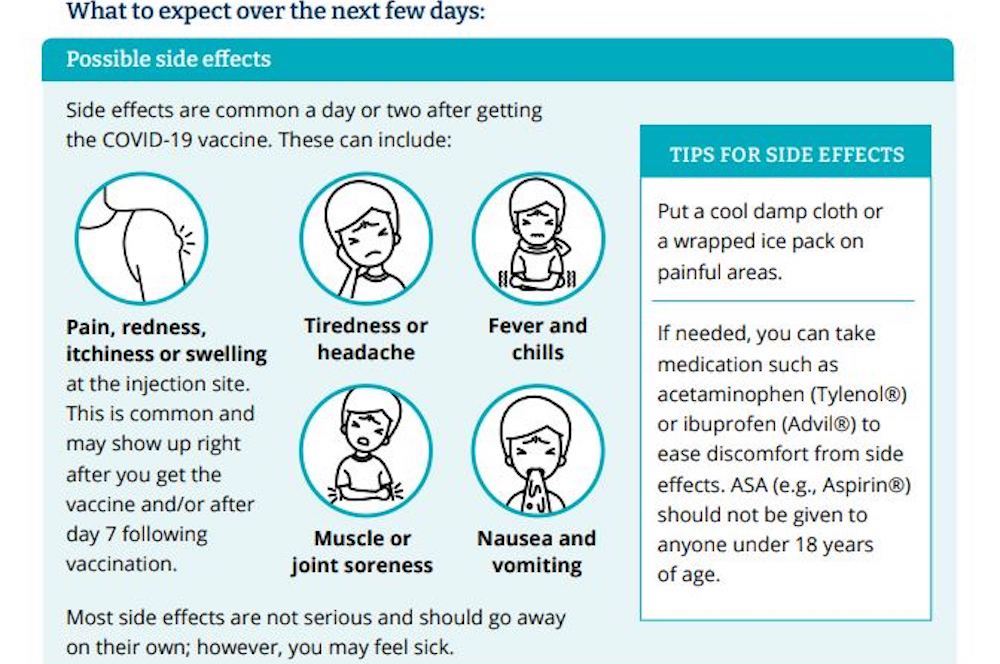

However, following a brutal second wave in India, vaccine exports were halted. Most African countries received their vaccines under the COVAX initiative, which were largely sourced from the Serum Institute of India. However, this was nowhere near enough to protect populations from a virus still spreading around the world, he said.Īylward added, “well over half of countries have run out of stock and are calling for additional vaccines”. In Africa, the continent with the lowest vaccine rates, one out of every 40 people (2.5 percent) has received at least one jab, with only one out of every 100 people fully vaccinated.Īccording to the WHO’s senior adviser Dr Bruce Aylward, the COVAX initiative – which aims to provide global access to COVID-19 vaccines – has delivered 90 million doses to 131 countries. One-third of people are fully vaccinated there. Within North America, the continent currently with the highest vaccination rate – two out of every five people (41 percent) have received at least one dose. A total of 783 million people, or 10 percent of the globe, are now fully vaccinated against the coronavirus. Only 1.7 percent of vaccines (45 million) have been given in Africa, despite the continent making up 17 percent (1.3 billion) of the world’s population.Ībout 1.7 billion people, or 22 percent of the world’s population, have received at least one dose of a COVID-19 vaccine. Europeans make up 17 percent of global vaccine recipients despite comprising around 10 percent of the world’s population. North America makes up about five percent of the world’s population but accounts for 16 percent of those who received at least one COVID-19 vaccine shot. Of the global doses administered, most still remain among wealthier nations. But for many nations, that has not been the case. Since the World Health Organization (WHO) declared a global pandemic last year, world leaders and health experts have called for fair and equitable access to tests, treatments and vaccines.

Getting vaccinated is the best way to help protect people from COVID-19.
#Covid vaccine infographic for free#
COVID-19 vaccines are available for free to everyone 6 months and older living in the United States, regardless of immigration or insurance status. Visit the CDC’s COVID-19 vaccine and booster page for more details.So far at least 2.7 billion COVID-19 vaccine doses have been administered worldwide with 40 million shots given every day, according to Our World in Data, a non-profit online scientific publication based at the University of Oxford. COVID-19 vaccines are safe, effective, and free.
#Covid vaccine infographic series#
However, the monovalent vaccines will remain available for the primary vaccine series in all patients and for booster doses in patients younger than 5 years old. The monovalent COVID-19 vaccines will no longer be available for booster doses in patients over the age of 5. The bivalent vaccines, which offer better protection against COVID-19 caused by the omicron variant than the earlier, monovalent vaccines, have been authorized for use as a single booster dose administered at least two months after primary or booster vaccination. So far, 61 countries are using the Pfizer BioNTech vaccine including the United States, Canada, Mexico, the European Union and Saudi Arabia. The CDC recommends a bivalent (containing components of both the original strain of the SARS-CoV-2 virus and the omicron variant of the virus) COVID-19 booster for people ages 5 years and older. Recommendations for use of a bivalent Pfizer-BioNTech booster dose in people ages 5–11 years.COVID-19 vaccines do not contain ethylene. In other words, it is a hoax,' she said during an online health broadcast. Recommendations for use of a bivalent Moderna booster dose in people ages 6–17 years Jakarta (ANTARA) - The vaccination of breastfeeding mothers against COVID-19 does not cause acute kidney injury in children, government spokesperson for COVID-19 handling, Reisa Broto Asmoro, stressed on Monday.Johns Hopkins Medicine has the bivalent COVID-19 booster.Īs of October 12, the new COVID-19 booster recommendations for people ages 5 years and older is to receive 1 bivalent mRNA booster after completion of a monovalent primary series or previously received monovalent booster dose(s) these recommendations replace all prior booster recommendations for this age group.


 0 kommentar(er)
0 kommentar(er)
